Scores




There are too many neurosurgical scores or grading systems that neurologists and neurosurgeons use in their practice, which makes it hard to remember them all.
Mobile technologies made things easier by allowing medical providers to carry the scores and grading systems in their pocket, on their smartphones or tablet computers.
However, having these resources at your fingertips, displayed as a text isn't enough. You still need to browse through each score and grading system to find the one you're looking for. But this may take time, which is valuable in evidence-based practice.
Clinical decision support needs to be robust, simple, and time-efficient. Here's where interactivity steps in. Many studies demonstrated that the use of interactive clinical decision support systems to facilitate the practice of evidence-based medicine increases guideline adherence among physicians and substantially improves health care quality.
Keep in mind that the clinical decision support systems don't treat patients; you do. But, these systems can help you to apply the clinical guidelines, and make more efficient decisions in a timely manner.
This is a simple philosophy that is the foundation of NeuroMind, an app developed by Dutch neurosurgeon, Pieter Kubber, whose SLIC app we also reviewed this week.
NeuroMind app offers interactive clinical decision support and clinical classification and grading systems for brain and spine trauma, motor system, vascular, oncology, and more.
The app was the number 1 downloaded neurosurgical app on iPhone back in 2010. Currently, it is free to download and use on all Android and iOS devices, including both iPhone and iPad.
After downloading the app, which doesn't take more than a couple of seconds, it opens to the Welcome screen that provides basic information about the app and how to use it.
Basically, the app suggests users use the menu on the top left to navigate the app and select interactive decision support and classification systems available in the app.
Once you tap on the menu icon, the main menu would expand showing all systems listed, including Interactive, Coma, Development, Epilepsy, Peripheral Nerves, Spine, and more.
As you may notice not all systems provided in the app are interactive, only 5 of them, including PHASES score for 5-year aneurysm rupture risk, SINS (spine instability neoplastic score), Spetzler-Martin/Ponce grade (a 3-tier classification of cerebral arteriovenous malformations), and TLICS for thoracolumbar spine injury.
There is also SLICS score for subaxial cervical spine injury, which is basically the SLIC app built in the NeuroMind app.
All of these interactive decision support systems can be viewed interactively (as calculators) or as static classifications like the rest of decision support systems provided in the app.
Decision support systems provided in the Coma category try to help providers determine patient's responsiveness, consciousness, neurologic outcome, and more. They include Glasgow Coma Scale, FOUR score, RASS score, all provided in a form of static classifications.
Development category also includes static classification systems, from ETV success score for hydrocephalus in children to Pang classification for diastematomyelia.
Interactive decision support systems are also listed in their belonging category, for example, PHASES score that is listed in the Vascular category, or SLICS and TLICS that are also listed in Spine category.
The systems provided in NeuroMind app literally cover every aspect relevant to neurology, from the standard spine and peripheral nerve injuries to neoplasms, infections, and stroke risk classifications.
I didn't count them all, but I believe that NeuroMind app contains an impressive number of more than 100 decision support systems covering a selection of pathologies and neurologic conditions.
Neurologists and neurosurgeons don't have to look further because NeuroMind is the ultimate decision support system in neurology, which is regularly updated and upgraded.
The current version of the app has nicely designed and easy to use interface. Some features from previous versions, such as surgery safety checklist, anatomical images, and other multimedia, have been removed, which isn't a bad thing in my opinion because NeuroMind app now strictly focuses on clinical decision support.
It should be noted that the NeuroMind app is officially supported by the European Association of Neurosurgical Societies (EANS).
I'd like to see more interactivity tho. Currently, there are only five decision support systems in the app that are fully interactive, i.e. that provide calculations. Others are simply classifications displayed as a text and numbers. I hope that the app developer would add more clinical calculators in future updates.
There's one drawback. I've noticed that the app responsiveness is a bit slower. I suspected that the Internet connection might be the culprit. I disabled it, but the app didn't get any faster. It actually stopped working telling me to enable my Internet connection if I want to use it.
This is a huge problem because you won't be able to use NeuroMind app offline. While many clinics nowadays provide Internet access, the traffic is often overloaded with too many connections preventing providers from using the app. This is another thing I'd like to see in one of the future updates – the ability to use the app offline.
Overall, NeuroMind is an impressive app that provides neurologists, neurosurgeons, and other healthcare professionals with a plethora of interactive clinical decision support and classification systems for different neurologic pathologies and conditions.
Benefit: Neurologists, neurosurgeons, and other healthcare professionals in need of good clinical decision support tool would benefit from this app
Verdict:
For- Clean design with easy to use interface
- Provides a vast number of clinical decision support and classification systems
- An evidence-based resource
- The app cannot be used without Internet access
- Slower interface responsiveness


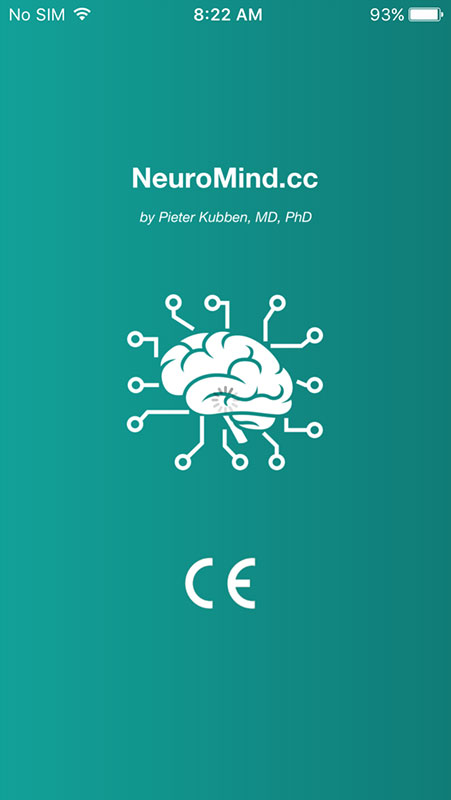
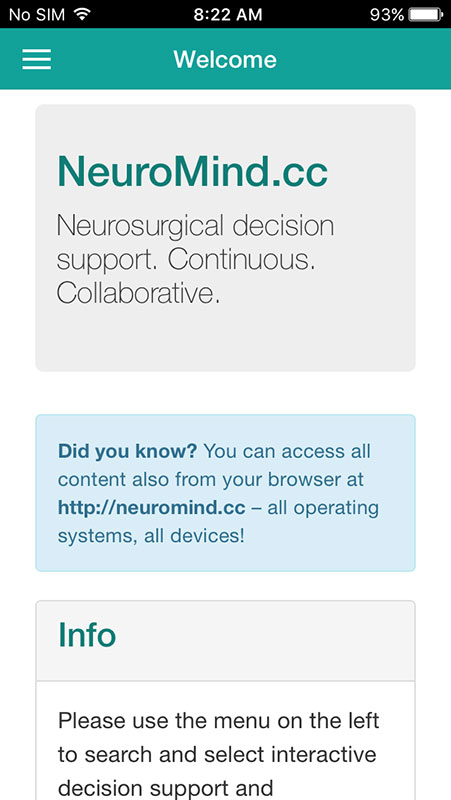
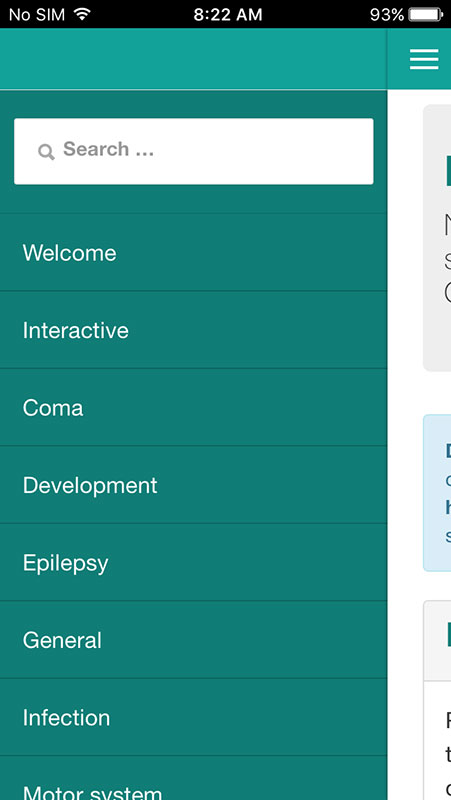
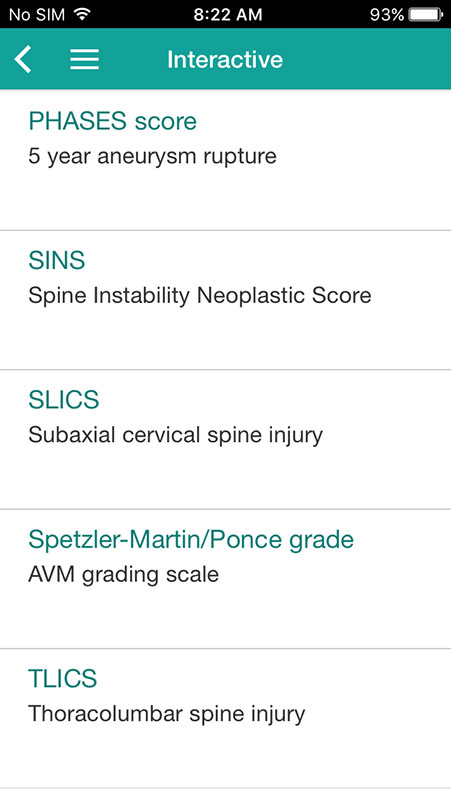
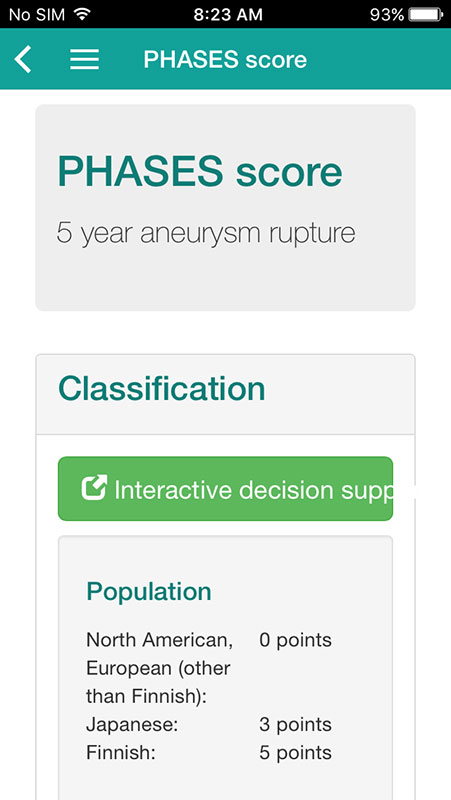

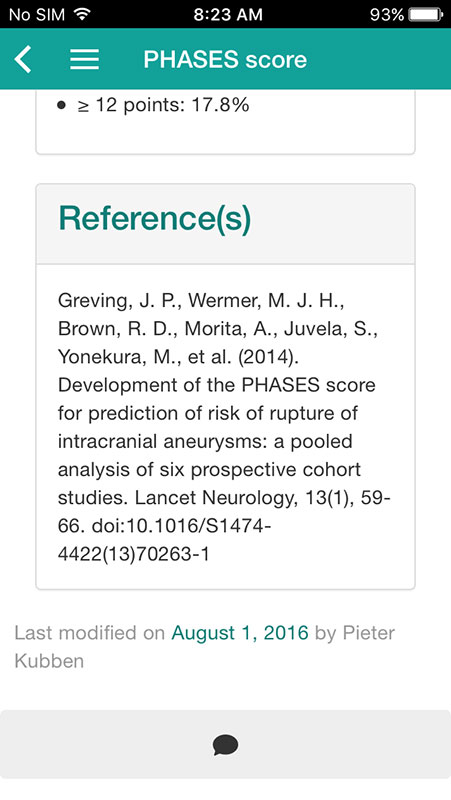
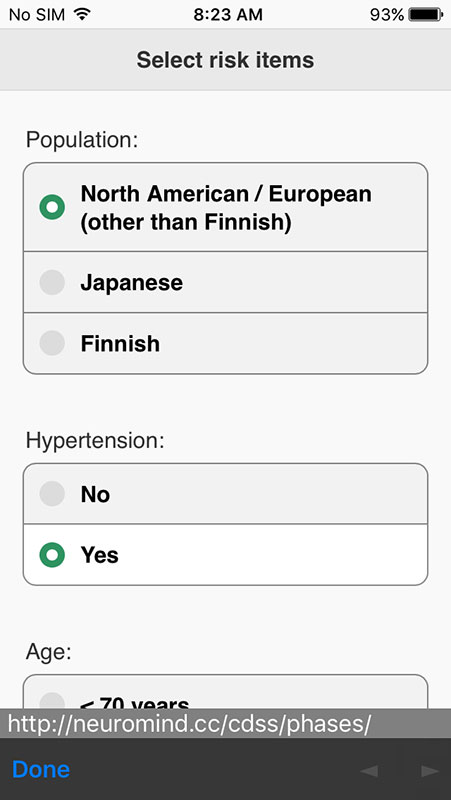
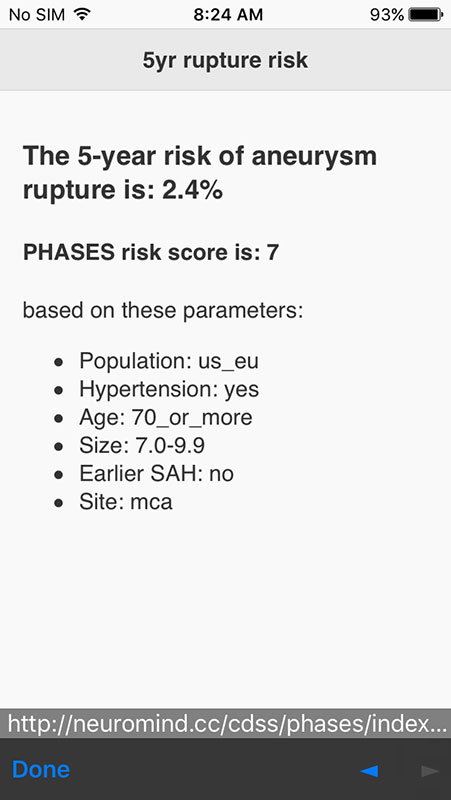
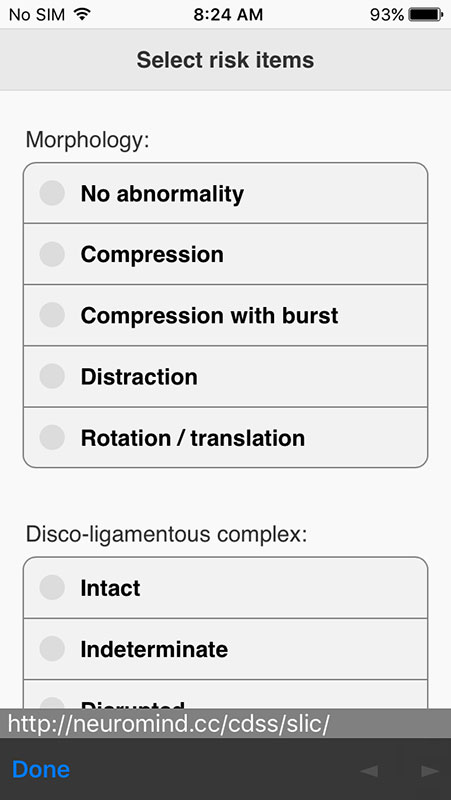
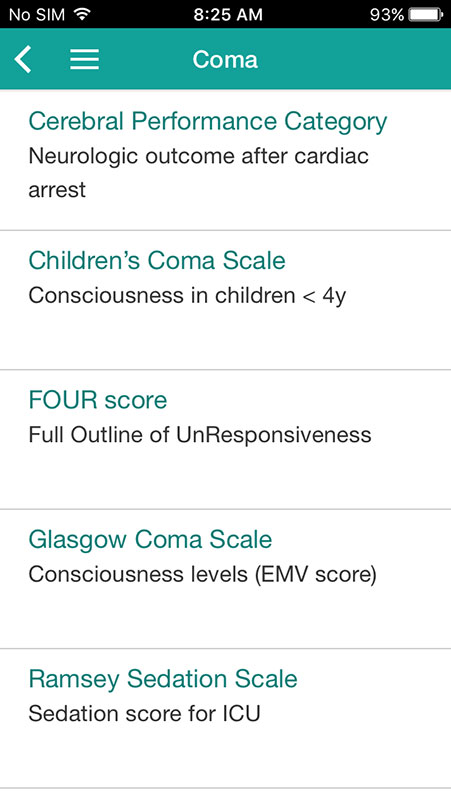
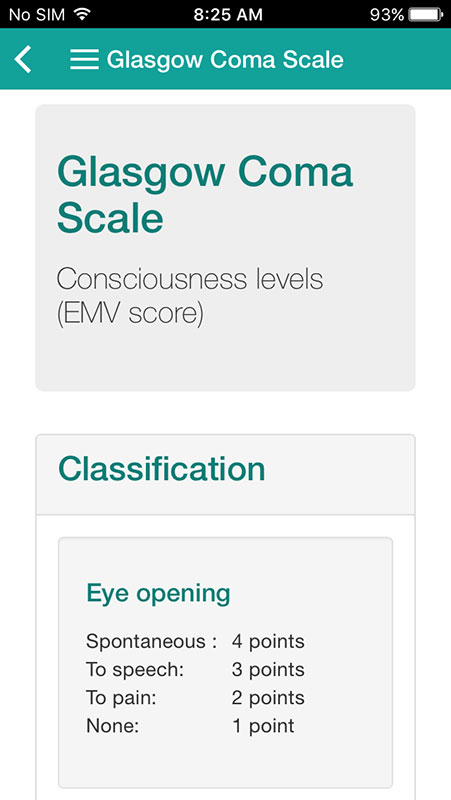
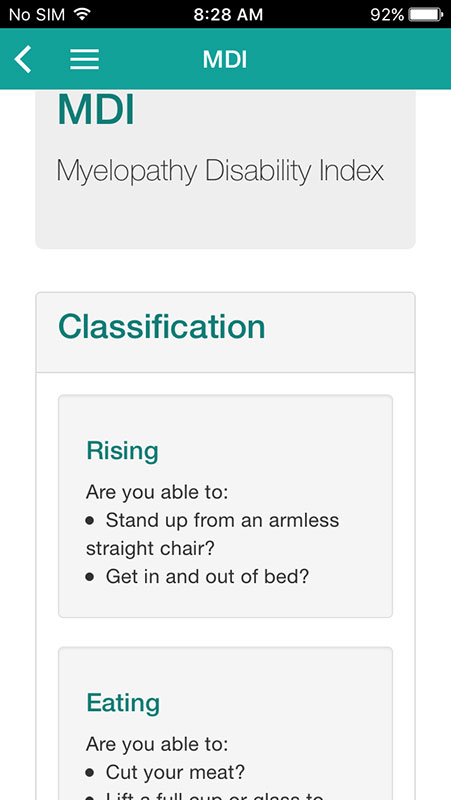
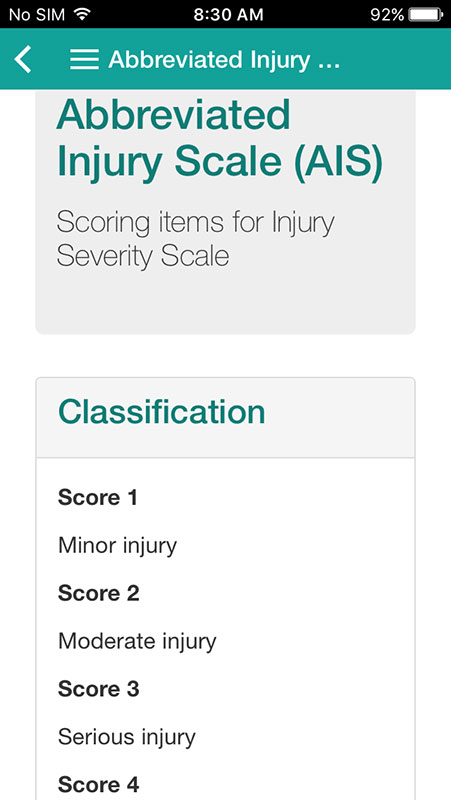
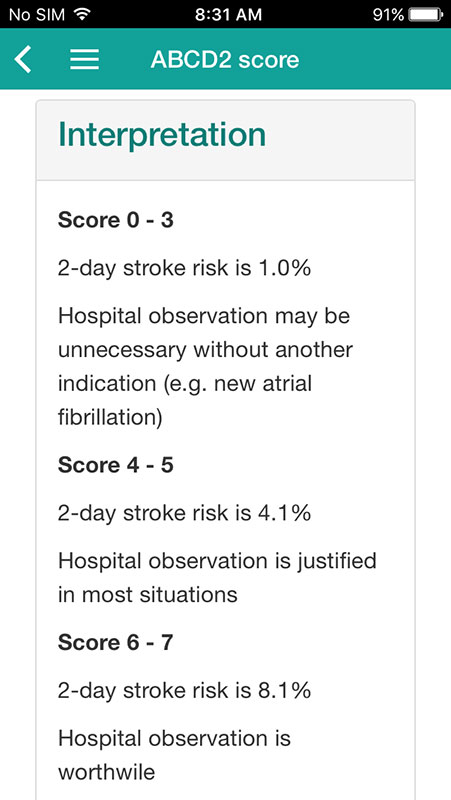
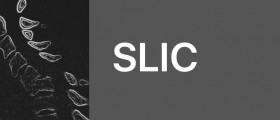

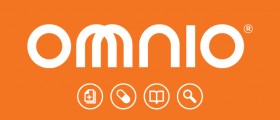

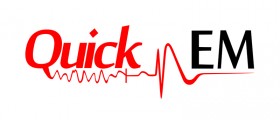

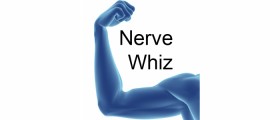
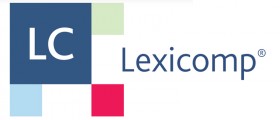
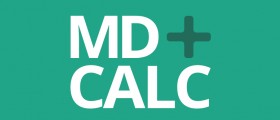

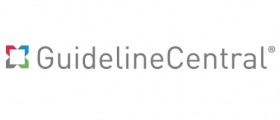

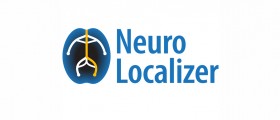





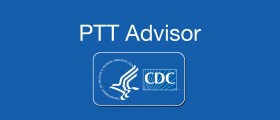
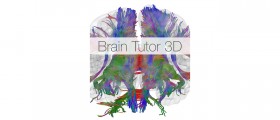


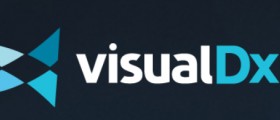
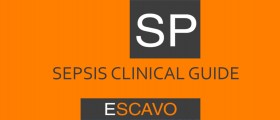

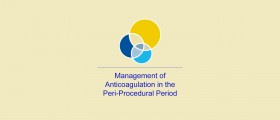


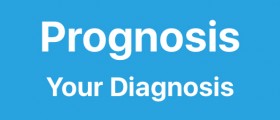

Your thoughts on this
Loading...